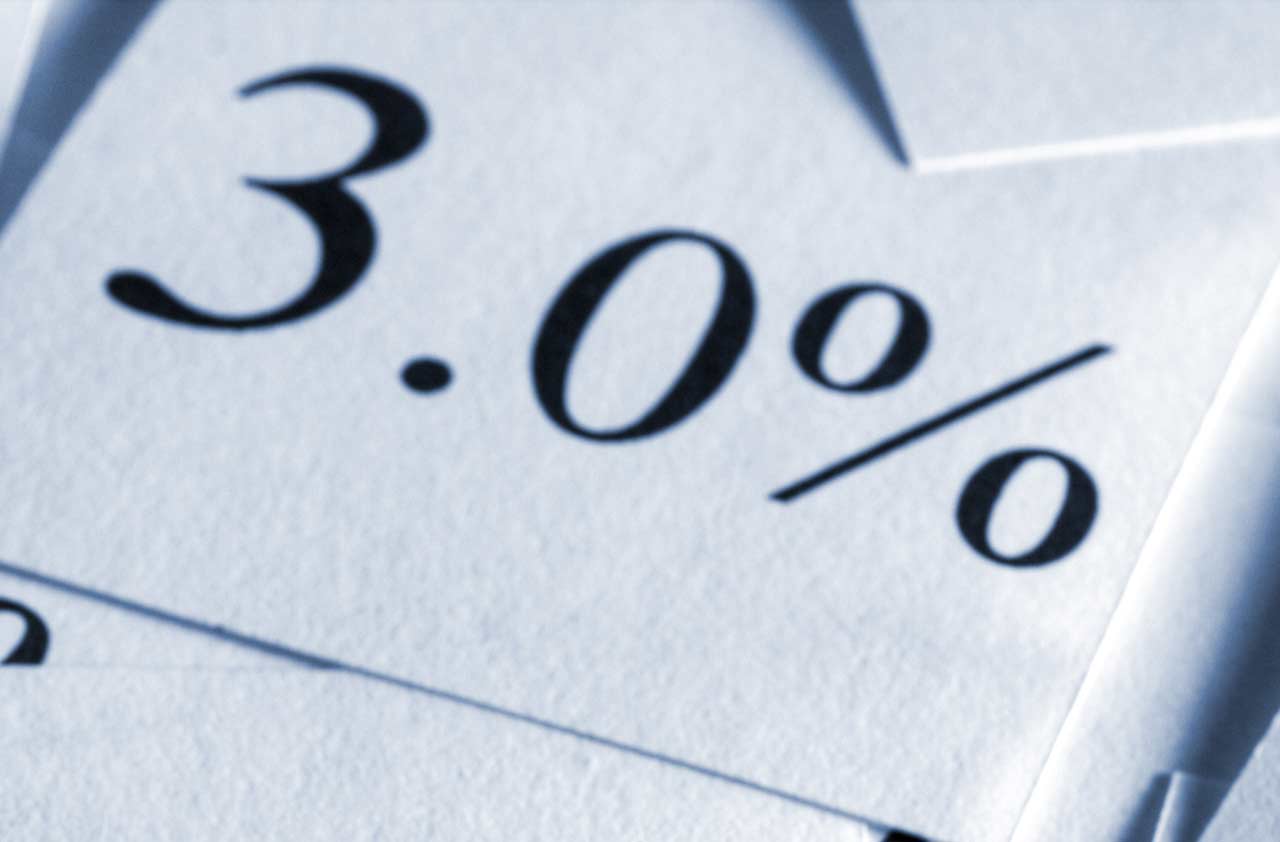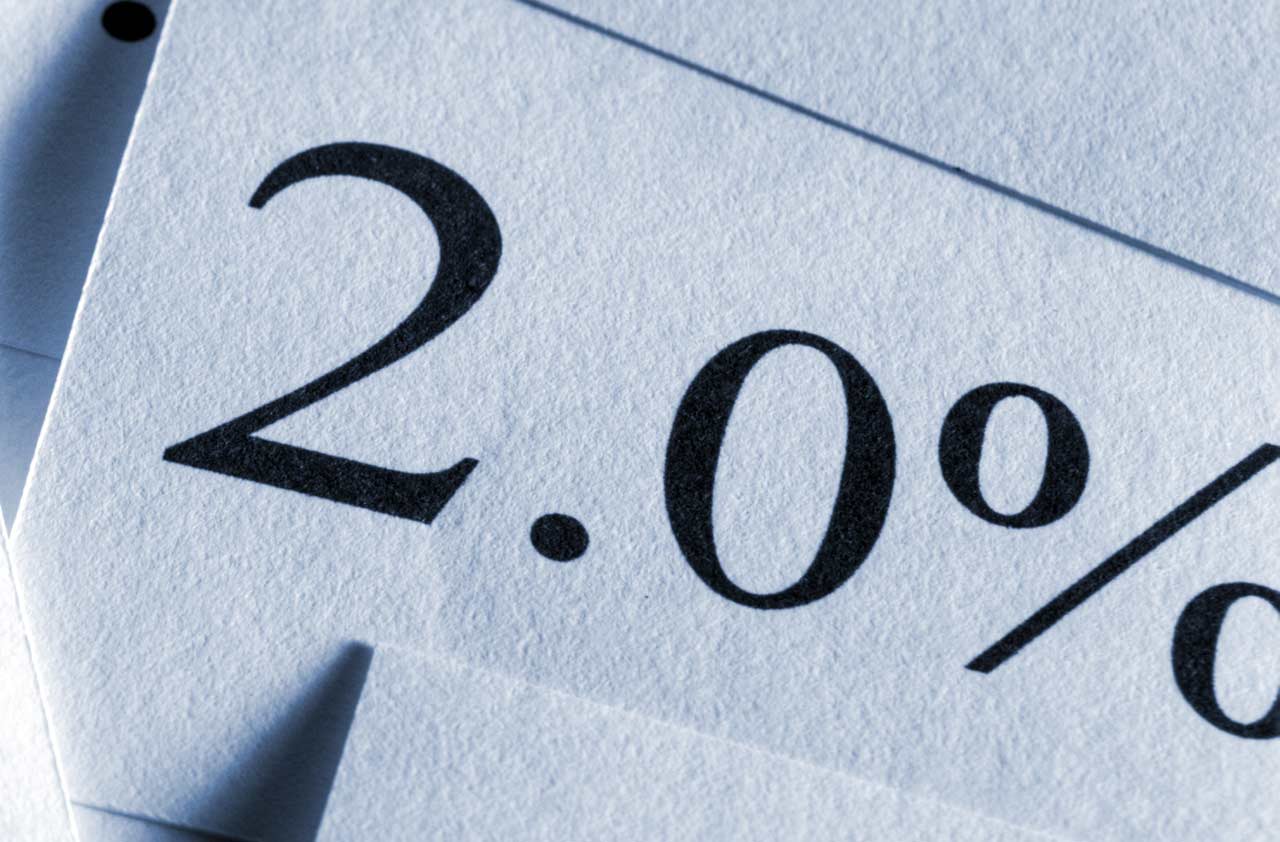Best Bond Funds for Income Investors Today
For the last four years, investors have braced for higher rates, only to be confounded by a fickle bond market.


For the last four years, investors have braced for higher rates, only to be confounded by a fickle bond market. While most observers expect the Federal Reserve to raise short-term rates, probably in the second half of 2015, that’s no sure thing. And even if it does, rates likely will only go up in small steps of 0.25 percentage point at a time.
What’s a bond investor to do with another year of uncertainty ahead? Build a mix that straddles the fence between the odd chance that rates will stay lower longer than the world anticipates and the possibility that rates will rise, albeit slowly. Shortening maturities, the traditional strategy for coping with rising rates, may not be the best move this time around. And a strategy of investing in high-yield “junk” bonds, which usually hold up well when rates climb, may not work this year given the woes of the energy sector.
The six funds we discuss here will earn you a good yield and provide some defense against interest-rate uncertainty.

Fidelity Total Bond
- Fund type: Intermediate-term bondYield: 2.7%1-year total return: 4.8%5-year annualized return: 5.3%Expense ratio: 0.45%
In almost all markets, a diversified, medium-maturity fund should be at the core of your bond portfolio. Fidelity Total Bond (FTBFX) holds corporate debt including a smattering of junk issues), bank loans, mortgage-backed securities and some foreign bonds that are hedged against further strengthening of the dollar. The fund’s four managers focus on understanding the big picture—for instance, the outlook for the economy and interest rates—as much as they do on choosing the right securities.
London-based comanager Michael Foggin, who came on board last October, has been tapped to identify attractive corporate bonds in Europe and Asia. Over the past 10 years, Total Bond has returned 5.1% annualized, beating its benchmark, the Barclays U.S. Aggregate Bond index, by an average of 0.4 percentage point per year. The fund’s average duration is 5 years, suggesting that its price would decline by roughly 5% if rates on intermediate-maturity bonds were to rise by one percentage point. Total Bond is a member of the Kiplinger 25, a list of our favorite no-load mutual funds. (All returns are through February 13.)

DoubleLine Total Return Bond
- Fund type: Intermediate-term bondYield: 3.8%1-year total return: 4.9%5-year annualized return: N/AExpense ratio: 0.73%
DoubleLine Total Return Bond (DLTNX), which specializes in mortgage-backed securities, isn’t as diversified as Fidelity Total Bond, but its unusual strategy has consistently delivered good returns.
Jeffrey Gundlach, CEO and chief investment officer of DoubleLine Capital and the fund’s lead manager, employs a “barbell” strategy: He balances government agency bonds, which carry no default risk but a lot of interest-rate risk, with non-agency mortgage-backed bonds, which have little interest-rate risk but a lot of default risk. The result is a fund that delivered an annualized 4.5% return over the past three years, beating the typical taxable, intermediate-maturity fund by 1.3 percentage points per year while being 13% less volatile than its average peer. Its average duration is 3 years. Gundlach hinted recently that there is a greater than 50% chance that the fund, also a member of the Kip 25, will close to new investors in 2015.

Fidelity Floating Rate High Income
- Fund type: Bank loanYield: 4.4%1-year total return: 1.0%5-year annualized return: 4.2%Expense ratio: 0.69%Rising rates are bad news for holders of most kinds of bonds, but not for investors in floating-rate bank loans. That’s because rates on these loans are tied to a short-term benchmark and reset every 30 to 90 days. The downside is that the borrowers are generally companies with below-investment-grade credit ratings. That’s why we like funds that focus on loans on the higher end of the sub-investment-grade scale.
Our favorite bank-loan fund is Fidelity Floating Rate High Income (FFRHX). Its average duration is just 0.3 year. Manager Eric Mollenhauer has nearly half of the fund’s assets invested in loans made to companies rated double-B (the highest non-investment-grade rating). He prefers to invest in loans made to large companies that generate plenty of cash flow and that are backed by assets you can see and touch. One top holding: loans made to HCA, the country’s largest for-profit hospital company. “We can’t live without hospitals,” says Mollenhauer. “HCA is churning out cash, has a good management team and has high market share in many key markets.” He says he expects the sector to post returns of 5% to 6% this year.
Because of the fund’s conservative approach, it typically isn’t near the top of the pack in any given year. Over the past three years, Floating Rate High Income returned 3.4% annualized, trailing the average bank-loan fund by 1 percentage point per year. But the Fidelity fund has been 6% less volatile than its peers during the period and has excelled during troubling times. For example, in the midst of the financial crisis in 2008, the average bank-loan fund lost 29.7%, while the Fidelity fund surrendered 16.5%. Mollenhauer wasn’t in charge then (he came on board in 2013), but he says he employs the same strategy as his predecessor.

Metropolitan West Unconstrained Bond
- Fund type: Nontraditional bondYield: 1.5%1-year total return: 2.9%5-year annualized return: N/AExpense ratio: 0.99%Funds that can reach into any pocket of the bond market (and even bet against it) offer another way of coping with uncertainty and elevated risk. The four managers of Metropolitan West Unconstrained Bond (MWCRX) can do just that.
Lately, the foursome—Steve Kane, Laird Landmann, Tad Rivelle and Bryan Whalen—have focused on widely traded, high-quality debt in specific sectors, such as non-government-agency mortgage securities and commercial mortgage bonds. The fund, another Kip 25 member, hews to no benchmark. But over the past three years, it earned 6.0% annualized, an average of 3.3 percentage points per year better than the Barclays U.S. Aggregate Bond index. Average duration: 1.0 year.

Pimco Income
- Fund type: Multisector bondYield: 3.8%1-year total return: 5.8%5-year annualized return: 11.3%Expense ratio: 0.77%With the sudden departure of founder Bill Gross, bond giant Pimco suffered from the glare of a lot of negative publicity last year. But the firm retains plenty of talented investors, including Daniel Ivascyn, Pimco’s new chief investment officer. He and Alfred Murata run Pimco Income (PONDX), which generated a robust 11.3% annualized return over the past five years, clobbering the Aggregate Bond index by 6.9 percentage points a year.
The portfolio, which has an average duration of 3.1 years, is divided into two parts. One part holds higher-yielding securities—such as non-agency mortgage-backed securities, bank loans and corporate IOUs (both investment-grade and junk)—that the managers think will do well if the economy does better than expected. The other part holds high-quality assets, such as Treasuries and government-agency mortgage securities, to protect the portfolio if the economy does worse than expected. It’s a good strategy for uncertain times.

Fidelity Intermediate Municipal Income
- Fund type: Intermediate-term muni bondYield: 1.2%1-year total return: 5.5%5-year annualized return: 4.0%Expense ratio: 0.37%No matter what you invest in—stocks, real estate or even bonds—one way to play defense is to buy bargains. One area of the bond market that looks especially cheap today is municipal bonds. In early January, 10-year, triple-A-rated munis yielded an average of 1.9%. Because interest from munis is exempt from federal income tax (and sometimes from state and local income taxes, too), a 1.9% tax-free yield is equivalent to a taxable payout of 3.4% for someone in the highest federal tax bracket. That’s not bad, considering that 10-year Treasuries yield just 2.1%.
Mark Sommer, manager of Fidelity Intermediate Municipal Income (FLTMX), our favorite muni fund and a Kip 25 member, says that tax-free bonds aren’t immune to shocks in a rising-rate environment. But the tax benefits and the current “low supply” of new issues, says Sommer, mean “the market will be well supported” when rates rise. His fund’s average duration is 4.7 years.

And If Rates Rise?
Interest rates and bond prices move in opposite directions, so when rates rise, the value of a bond will fall. But that doesn’t mean you always lose money. If you buy individual bonds and hold them to maturity, for example, interim rate moves won’t matter. When the bond matures, you’ll get your principal back—assuming, of course, that the issuer doesn’t default.
Bond funds, however, are a different matter. Their managers buy and sell bonds continually and may or may not hold issues until they mature. So prices of bond funds change daily, and when you sell, you may get a lower price than you paid. To get a sense of how your bond fund will perform when rates rise, look at its average duration, a measure of interest-rate sensitivity. A fund with, say, an average duration of 3 years would likely suffer a 3% drop in net asset value if rates were to rise by one percentage point. But over time, the interest a fund pays you will offset some, if not all, of the decline in NAV. Consider, for example, DoubleLine Total Return (DBLTX), with a yield of 3.5% and an average duration of 3 years. If rates rise by one percentage point, the fund would likely deliver a small positive total return.

Where’s the Junk Fund?
Why don’t we have a high-yield fund on our list of moves to make this year? After a sluggish 2014, the average yield of junk-rated corporate bonds has climbed to 6.2%, outstripping the yield of the average investment-grade corporate bond by 3.1 percentage points. Moreover, the growing strength of the U.S. economy redounds to the benefit of junk issuers, decreasing the chance that they’ll default on their debt obligations.
The problem is the energy sector: Debt issued by energy companies makes up 13.4% of the Bank of America Merrill Lynch U.S. High Yield Master II index, and the 55% drop in oil prices puts the weaker players of the sector in potential peril. Until those prices stabilize, we’re in a wait-and-see period for high-yield bonds, says Christopher Dillon, a global fixed-income analyst at T. Rowe Price.
Get Kiplinger Today newsletter — free
Profit and prosper with the best of Kiplinger's advice on investing, taxes, retirement, personal finance and much more. Delivered daily. Enter your email in the box and click Sign Me Up.

Nellie joined Kiplinger in August 2011 after a seven-year stint in Hong Kong. There, she worked for the Wall Street Journal Asia, where as lifestyle editor, she launched and edited Scene Asia, an online guide to food, wine, entertainment and the arts in Asia. Prior to that, she was an editor at Weekend Journal, the Friday lifestyle section of the Wall Street Journal Asia. Kiplinger isn't Nellie's first foray into personal finance: She has also worked at SmartMoney (rising from fact-checker to senior writer), and she was a senior editor at Money.
-
 Americans Are Retiring Later: Will This Trend Last?
Americans Are Retiring Later: Will This Trend Last?Given a host of pressures to keep working, Americans are retiring later in life. Will regulatory and economic forces encourage you to work longer?
By Christy Bieber
-
 Trump’s Tax Cut Risks Your SNAP, Medicaid Benefits
Trump’s Tax Cut Risks Your SNAP, Medicaid BenefitsTax Cuts The GOP budget blueprint could slash lifesaving programs for millions of U.S. households.
By Gabriella Cruz-Martínez
-
 What Is the Buffett Indicator?
What Is the Buffett Indicator?"It is better to be roughly right than precisely wrong," writes Carveth Read in "Logic: Deductive and Inductive." That's the premise of the Buffett Indicator.
By Charles Lewis Sizemore, CFA
-
 CPI Report Puts the Kibosh on Rate Cuts: What the Experts Are Saying About Inflation
CPI Report Puts the Kibosh on Rate Cuts: What the Experts Are Saying About InflationCPI Consumer price inflation reared its ugly head to start the year, dashing hopes for the Fed to lower borrowing costs anytime soon.
By Dan Burrows
-
 Fed Leaves Rates Unchanged: What the Experts Are Saying
Fed Leaves Rates Unchanged: What the Experts Are SayingFederal Reserve As widely expected, the Federal Open Market Committee took a 'wait-and-see' approach toward borrowing costs.
By Dan Burrows
-
 CPI Report Keeps the Fed on Track: What the Experts Are Saying About Inflation
CPI Report Keeps the Fed on Track: What the Experts Are Saying About InflationCPI Disinflation in key areas of consumer prices should help the Federal Reserve stick to its policy path of gradual cuts to interest rates.
By Dan Burrows
-
 Blowout December Jobs Report Puts Rate Cuts on Ice: What the Experts Are Saying
Blowout December Jobs Report Puts Rate Cuts on Ice: What the Experts Are SayingJobs Report The strongest surge in hiring since March keeps the Fed on hold for now.
By Dan Burrows
-
 The Cheapest Places To Retire in the US
The Cheapest Places To Retire in the USWhen you're trying to balance a fixed income with an enjoyable retirement, cost of living is a crucial factor to consider.
By Stacy Rapacon
-
 Fed Sees Fewer Rate Cuts in 2025: What the Experts Are Saying
Fed Sees Fewer Rate Cuts in 2025: What the Experts Are SayingFederal Reserve The Federal Reserve cut interest rates as expected, but the future path of borrowing costs became more opaque.
By Dan Burrows
-
 CPI Report Casts Doubt on Rate Cuts in 2025: What the Experts Are Saying About Inflation
CPI Report Casts Doubt on Rate Cuts in 2025: What the Experts Are Saying About InflationCPI November Consumer Price Index data sealed the deal for a December rate cut, but the outlook for next year is less certain.
By Dan Burrows
